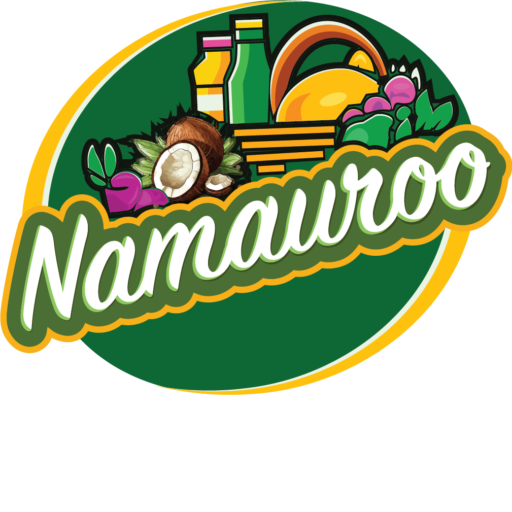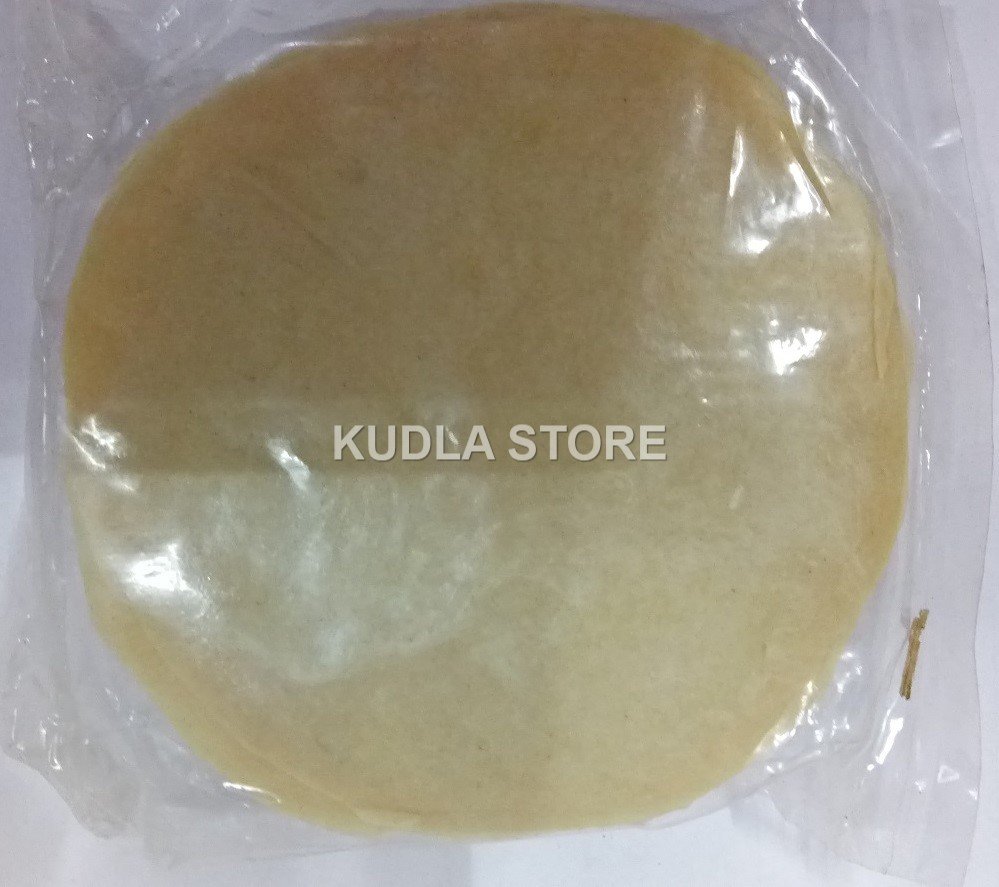Rice is a staple food and one of the most important cereal crops consumed by a significant portion of the world’s population. It is a primary source of nutrition for billions of people, particularly in Asia, where it is a dietary cornerstone. Here are some key points about rice:
- Botanical Background: Rice belongs to the grass family Poaceae and the genus Oryza. There are two main species of cultivated rice: Oryza sativa (commonly known as Asian rice) and Oryza glaberrima (African rice).
- Cultural Significance:
- Global Staple: Rice is a dietary staple in many countries, especially in Asia, where it often forms the basis of meals.
- Ceremonial and Cultural Events: Rice plays a significant role in various cultural and religious ceremonies, symbolizing fertility, prosperity, and purity.
- Varieties:
- White Rice: The most commonly consumed form, where the outer husk, bran, and germ layers are removed during milling, leaving mainly the starchy endosperm.
- Brown Rice: Retains the bran and germ layers, providing more fiber and nutrients compared to white rice.
- Wild Rice: Although not true rice, it is often grouped with rice varieties. It has a nutty flavor and distinct appearance.
- Nutritional Content:
- Carbohydrates: Rice is a rich source of carbohydrates, providing a quick and easily digestible energy source.
- Proteins: While not as high in protein as some other grains, rice still contributes to the overall protein intake.
- Vitamins and Minerals: Brown rice retains more vitamins and minerals compared to white rice, including B vitamins, iron, and magnesium.
- Culinary Uses:
- Versatility: Rice serves as a base for a wide variety of dishes, from savory to sweet, and is used in cuisines worldwide.
- Side Dish or Main Course: It can be served as a side dish, a main course, or used in soups, stews, casseroles, and salads.
- Growing Conditions:
- Water-Intensive Crop: Rice cultivation often requires substantial water resources, and it is commonly grown in flooded fields (paddy fields).
- Adaptability: Rice is grown in various climates, from tropical to temperate regions, making it a versatile crop.
- Cultivation and Harvesting:
- Sowing and Transplanting: Rice is typically cultivated by sowing seeds in prepared fields or by transplanting young seedlings from nurseries.
- Harvesting: Harvesting methods vary, with some regions using manual labor to cut and collect rice, while others employ machinery.
- Global Production: China and India are the two largest producers of rice, contributing significantly to the global rice supply.
- Economic Importance: Rice cultivation is a crucial component of the economy in many countries, providing employment for millions of people.
- Challenges: Rice cultivation faces challenges, including water scarcity, environmental concerns related to flooding, and the need for sustainable farming practices.
Rice’s adaptability, nutritional value, and versatility in the kitchen have made it a cornerstone of diets worldwide. It continues to be a vital crop that sustains millions of people and plays a crucial role in the cultural and agricultural landscape of many regions.



Reviews
There are no reviews yet.